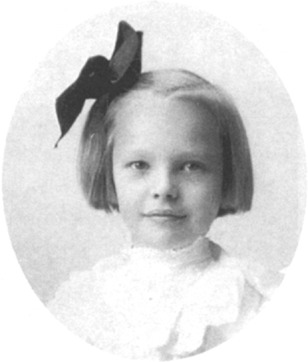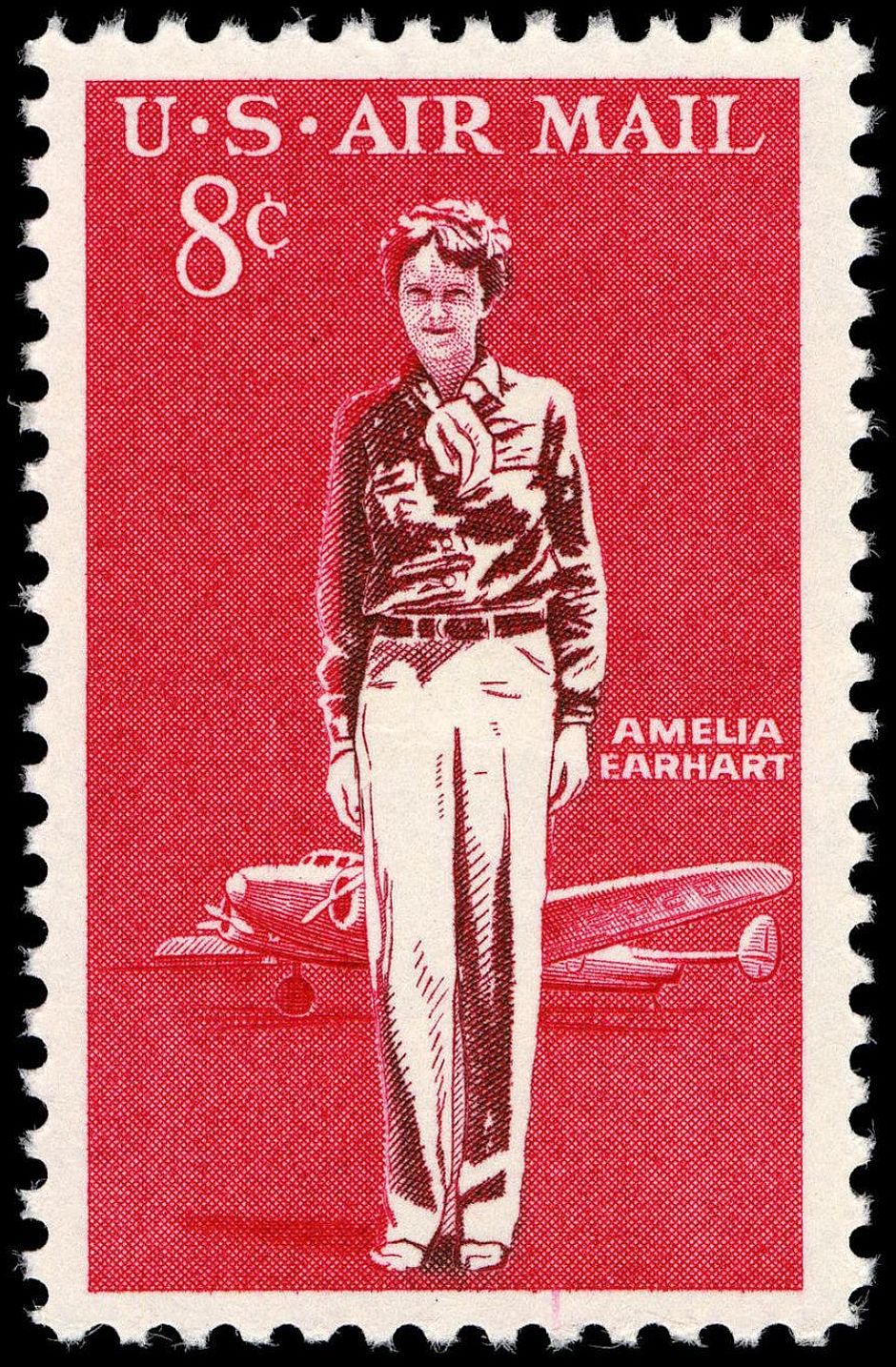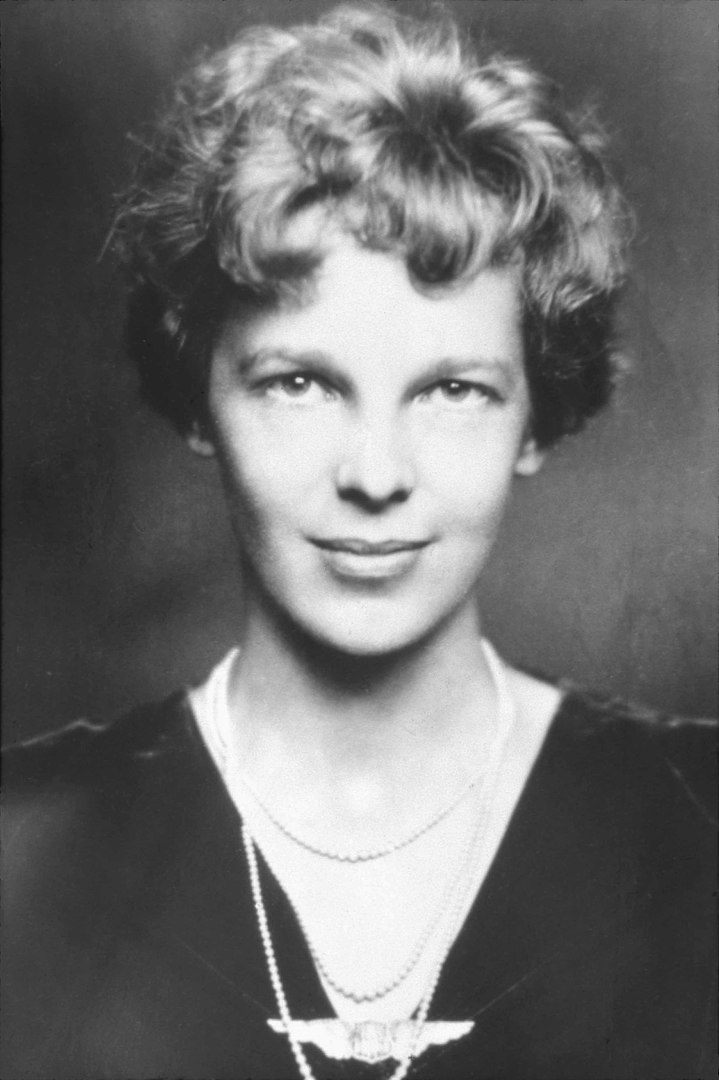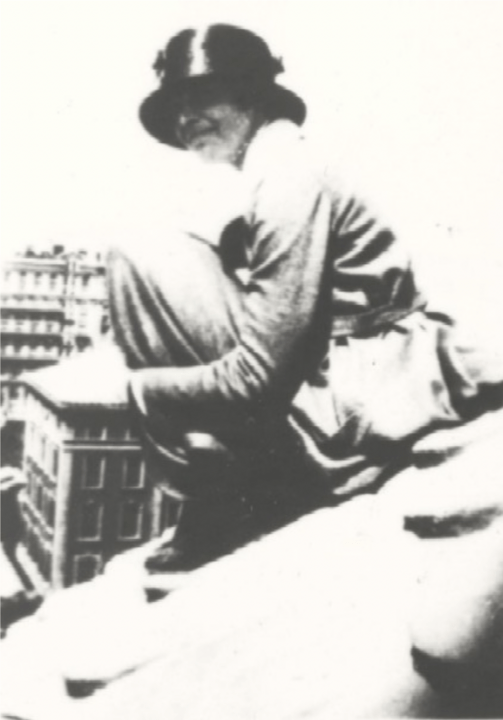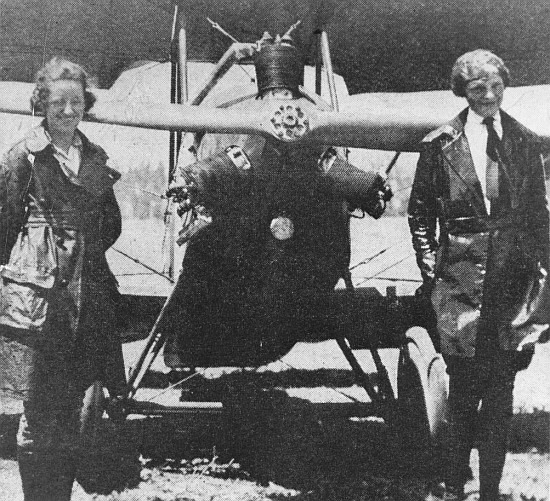Amelia Earhart wasn’t just a pilot; she was a symbol of daring and determination. Her name evokes images of propellers against the sunrise and the limitless horizon. In an era when flying was reserved for the brave and the bold, Earhart took her place among the legends, not just as a participant but as a leader. Her solo transatlantic flight wasn’t merely a journey across the ocean; it was a voyage into the annals of history.
In 1932, the world watched in awe as Amelia Earhart embarked on what was to be one of the most remarkable feats of the 20th century. Flying alone across the vast and unpredictable Atlantic, she shattered not only physical barriers but also the societal expectations of her time. This flight was more than a display of aviation prowess; it was a statement, a bold declaration of courage and independence.
What drives a person to pursue such a perilous and solitary endeavor? Was it the call of the unknown, the allure of fame, or a deeper, more personal quest? In this post, we will discuss the heart and mind of Amelia Earhart, tracing the journey that led her from a simple airfield to the skies above the Atlantic. Join us as we uncover the motivations, preparations, and spirit that propelled Earhart to etch her name into the fabric of history.
Early Life and Introduction to Aviation
Roots of a Trailblazer
Born on July 24, 1897, in Atchison, Kansas, Amelia Earhart’s early years were marked by a sense of adventure and a disdain for traditional women’s roles. Raised by a mother who believed in nurturing independence and imagination, Earhart grew up with a spirit that yearned for exploration and challenge. This upbringing laid the foundational stones of her resilient character, a trait that would later become synonymous with her legacy.
The Spark of Aviation
It wasn’t love at first sight between Earhart and the skies. In fact, her initial encounter with an aircraft at a state fair left her unimpressed. However, that indifference was destined to be short-lived. A decade later, a 10-minute plane ride changed everything. The sensation of soaring above the ground ignited a passion within Earhart, a burning desire that would define the rest of her life. From that moment, aviation wasn’t just a mode of transport; it was a calling.
Early Wings
Earhart’s journey to becoming a pilot was fraught with challenges. In an era when aviation was predominantly a male domain, she had to fight not just gravity but also societal norms. Her determination saw her saving up for flying lessons, working odd jobs, and even purchasing her own aircraft, a second-hand Kinner Airster. She named it “The Canary,” and with it, she began carving her path in the skies, setting records and earning accolades, her eyes always fixed on the horizon, yearning for the next adventure.
Influences and Inspirations
Icons and Role Models
Amelia Earhart did not ascend to the zenith of aviation in isolation. Her trajectory was influenced by pioneers who had charted their paths in the skies before her. Figures like Charles Lindbergh, whose solo transatlantic flight in 1927 captivated the world, played a significant role in shaping her aspirations. Earhart saw in Lindbergh not just a pilot but a symbol of the possibilities that lay in the realm of aviation. His success was not a boundary but a beacon, guiding her ambitions to new heights.
A Time of Transformation
The era in which Earhart took flight was one of significant social and technological upheaval. The early 20th century was a period marked by rapid advancements in technology and a gradual shift in societal norms, especially concerning women’s roles. The suffragette movement was gaining momentum, advocating for women’s rights and equality. In this transforming landscape, Earhart’s pursuit of aviation was not just a personal challenge but also a statement against the traditional confines imposed on women. Her flights were as much about altitude as they were about attitude, challenging the status quo and inspiring women to embrace independence and ambition.
The Influence of the Aviation Community
Earhart’s foray into aviation introduced her to a community of like-minded individuals, a group of enthusiasts and professionals who shared her passion for flight. This community was instrumental in shaping her career, offering support, inspiration, and opportunities to advance her skills. Within this network, she found mentors and friends, individuals who understood her aspirations and fueled her determination. The camaraderie and encouragement she received from this community helped sustain her through challenges and setbacks, reinforcing her resolve to pursue her dreams, no matter the odds.
Preparing for the Transatlantic Flight
Mapping the Route to Destiny
The journey across the Atlantic was not a decision made on a whim but the culmination of meticulous planning and unwavering determination. Amelia Earhart understood that conquering the oceanic expanse required not just courage but a profound understanding of navigation, weather patterns, and the capabilities of her aircraft. Collaborating with experts, she charted a course that would take her from Harbor Grace, Newfoundland, to Londonderry, Northern Ireland, a route fraught with uncertainties but tempered by careful strategizing.
Overcoming Technological Hurdles
The aircraft chosen for this monumental journey was a Lockheed Vega 5B, a single-engine monoplane known for its robust build and reliability. However, outfitting it for the long solo flight required significant modifications. Additional fuel tanks were installed to extend the plane’s range, and the cockpit was equipped with the latest navigation instruments. Despite these enhancements, the aircraft still posed limitations. The added weight of the fuel affected its handling, and the reliance on rudimentary navigational tools meant that Earhart’s flying skills and instincts would be tested to their limits.
Mental and Physical Fortitude
Earhart’s preparation extended beyond the mechanical and into the realm of personal readiness. She understood that the journey would be as much a mental challenge as a physical one. The solitude of the long flight, coupled with the constant vigilance required to navigate and manage the aircraft, demanded a level of mental resilience and focus that few possessed. To prepare, Earhart engaged in rigorous physical conditioning, honed her navigational skills, and familiarized herself thoroughly with every aspect of the Lockheed Vega. Her preparation was comprehensive, leaving no detail to chance, embodying her belief that “preparation is two-thirds of any venture.”
The Flight Itself
Liftoff into the Unknown
On the morning of May 20, 1932, Amelia Earhart took off from Harbor Grace, Newfoundland, her eyes set on the distant shores of Europe. The Lockheed Vega’s engine roared to life, slicing through the quiet of the dawn, marking the beginning of a journey that was to be etched in the annals of history. As the coastline receded behind her, Earhart found herself alone, a solitary figure against the vastness of the Atlantic, her fate intertwined with the elements and her aircraft.
Navigating Challenges in the Skies
The flight was far from uneventful. Earhart encountered a host of challenges, from inclement weather, including ice on the wings, to mechanical issues that tested her piloting skills and resolve. The most daunting obstacle came in the form of thick clouds and fog, which obscured her vision and made navigation a game of precision and instinct. Despite these hurdles, Earhart’s preparation and tenacity shone through. Her hands steady on the controls, she maneuvered the Vega with a blend of caution and boldness, a testament to her skill as an aviator and her unyielding spirit.
A Historic Touchdown
After approximately 15 hours of flight, a feat that tested the limits of human endurance and aeronautical engineering, Earhart spotted the coast of Ireland. Her heart swelled with the realization that the end of her journey was in sight. Battling fatigue and the overwhelming emotions of her imminent success, she guided the Vega to a landing in a pasture near Londonderry. With the wheels of her aircraft finally still, Amelia Earhart had done the unimaginable – she had flown solo across the Atlantic, not just reaching her destination but also securing her place in history as the first woman to achieve such a feat.
Reflections on a Monumental Achievement
The flight was more than a display of aviation prowess; it was a defining moment in Earhart’s career and a powerful symbol of human ambition and perseverance. In those 15 hours, Earhart not only traversed the Atlantic but also shattered perceptions, inspiring countless others to chase their dreams, regardless of the obstacles. Her journey was a testament to the power of preparation, courage, and the unyielding desire to push the boundaries of what is possible.
Post-flight Impact and Legacy
A Heroine’s Welcome and Reflections
Upon her return, Amelia Earhart was celebrated as a heroine, an icon of courage and perseverance. Her achievement resonated far beyond the realms of aviation, symbolizing the potential of human spirit and the breaking of gender barriers. The accolades and honors, including the Distinguished Flying Cross from the U.S. Congress, were not just recognition of her skill as an aviator but an acknowledgment of her role as a trailblazer for women. In her reflections, Earhart remained modest yet hopeful, viewing her flight as a step toward a future where gender would not define one’s capabilities or opportunities.
Influence on Aviation and Women’s Rights
Earhart’s solo transatlantic flight had a profound impact on the field of aviation and the movement for women’s rights. It demonstrated the viability of long-distance air travel and contributed to the development of air routes and aviation technology. Furthermore, her success challenged the prevailing stereotypes about women, providing a powerful counter-narrative to the notion of inherent gender limitations. Her achievements and advocacy work, including her role as a founding member of the Ninety-Nines, an organization for female pilots, inspired a new generation of women to pursue careers in aviation and other fields traditionally dominated by men.
Conclusion
Amelia Earhart’s solo transatlantic flight stands as a testament to the power of human ambition and the relentless pursuit of one’s dreams. Her journey across the Atlantic was not merely a physical traverse of geographical boundaries but a symbolic leap over societal and gender constraints. Earhart’s story is not just about the triumph of a pilot but the ascension of the human spirit, striving for the seemingly impossible and achieving the extraordinary.
Her tale is timeless. It’s a narrative of adventure, resilience, and the unyielding human desire to explore and excel. Earhart’s flight across the Atlantic is a chapter of history that continues to resonate, encouraging us to aim for the skies in our endeavors and to pursue our dreams with the same courage, preparation, and determination that defined her extraordinary life.

